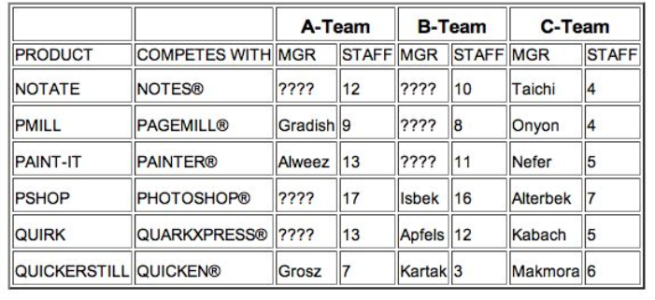Today in the fabulous adventures of Mr. T, he will be accomplice on the abduction of Dr. Rizzoli without the Dr. even noticing it.
LATVIA WELCOMES THE EMINENT DR. RIZZOLI
The sign at the airport said
And that’s how the Dr. started helping on how to manage the experiment of management for Morovia. He helped with the design of the complete investigation, on the distribution of people, and what would be the learning goal from each team.

Mr. Thompknis took advantage of the opportunity to chat with this important person in the management business, and they started talking about (what else) management.
Productivity improvement
Both gentlemen concluded in their exchange that there was no magic remedy for the growth of productivity in the short term.
The best way of doing this is the avoidance of ineffective work hours.
But at the end of the day, there are few you can do about almost everything in that scope.
The real improvement in ineffective hours can be made on the wastes that are a direct result of a risk materializing.
But… risk happens
As sh*t happens, risk also happens. So it is essential to take into consideration risks on the management of a project. You may even say that by managing risk, you are already managing the project.
A risk can be defined as:
Project risk management is the process of identifying, analyzing, and then responding to any threat that arises over the life cycle of a project to help the project remain on track and meet its goal.
Stephanie Ray
It is essential to think that it is risk management and not risk avoidance. As bad as the word “risk” may sound, we all heard that there is no win without taking a risk, and that implies that there may be positive risks.
But for both types of risk, it is essential to have a good grasp of them:
- having a census and tracking of the risks that may occur
- Assess the risks based on probability and likely cost
- Try to predict risks
What if the risk happened, if it is negative, then cut your losses. It is essential to know that it is possible to improve overall performance more by containing the failures rather than by optimizing your successes.
The Team
It is crucial to have in mind the team in the project management stuff (as the book says in almost all its chapters, and I’ve said in my latest posts), but in the risk management environment, always have open communication channels for them to communicate if something terrible happens.
And even if you have an already good team, keep them together, it is better to have a well-jelled team rather than a new slow-jelling or non-jelling team at all.
As I read in some other place:
- Jelled teams make projects successful, as opposed to successful projects making teams jell.
- Jelling can’t be forced, but it can easily be blocked, so removing the obstacles is the key.